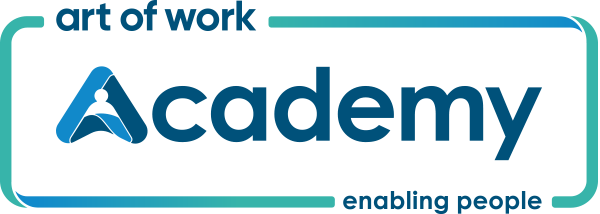When a conversation goes from curious to challenging in a nanosecond
We can often start a conversation with an open, curious mind, wanting to understand more about the work of our teams, and then before we know it, we become defensive and our listening for understanding is replaced with the need to tell and impose a retributive sanction if something is not complied with.
We can be left wondering what happened; how did this conversation get so quickly derailed?
It started with expressing a genuine desire to understand, and suddenly I feel disarmed and somewhat surprised by my and others' responses to what was in the beginning a positive conversation. At this point, we are faced with a choice: we can decide to avoid the conversation altogether, respond unhelpfully or manage the conversation well.
As the authors of Crucial Conversations: Tools for Talking When Stakes are High write, “when conversations matter the most - that is, when conversations move from casual to crucial - we’re generally on our worst behaviour.”
They suggest that the mistake we often make in these sorts of conversations is that we think we have to choose between speaking the truth and maintaining the relationship. They liken this to being a Fool’s Choice.
Let’s step back and reflect on what might be happening here in what appears to be a nanosecond moment.
The authors of Crucial Conversation make a bold claim about what constitutes a successful conversation.
“At the core of every successful conversation lies the free flow of relevant information. People openly and honestly express their opinions, share their feelings, and articulate their theories. They willingly and capably share their views, even when their ideas are controversial or unpopular.”
So then, what is it that might disrupt this type of conversation?
Four things are suggested:
When opinions vary
When things are unclear and/or uncertain
When the stakes are high
When emotions run strong.
Here is the rub: when these things arise, we have a choice; we can either look to learn to understand ourselves or others or move somewhere on the continuum between withdrawal and silence and attack.
Here are some thought starters from Crucial Conversations that might help make it safe to have the conversation and avoid the Fool’s Choice, albeit it can look attractive when emotions are running high.
Start with the question, “what do I want for myself, the other person, and the relationship?” This builds mutuality, respect and understanding.
Recognise that “people who are skilled at dialogue do their best to make it safe for everyone to add their meaning to the shared pool—even ideas that at first glance appear controversial, wrong, or at odds with their own beliefs. Now, obviously, they don’t agree with every idea; they simply do their best to ensure that all ideas find their way into the open.”
Resist the beguiling dogmatic view, “if we could just fix those losers, all would go better” this prevents us from progressing the conversation with the other.
Be clear on objectives, and is it possible to achieve them all?
Be vulnerable, calling out your own fears and emotions.
Acknowledge your own biases and the impact they have on others.
Embrace dialogue where the goal is to create shared meaning.
The Fool’s Choice of having to choose between speaking the truth and maintaining the relationship can be further exacerbated by the belief the Leader Always Knows Best.
Maybe the position that leadership is all about being visible, setting the standards and holding people to account, could just possibly be the things that drives withdrawal and silence or attack, from both sides.
Being curious about “what do I want for myself, the other person, and the relationship?” and vice versa might be the antidote to unhelpful and ineffective conversations. Just maybe by embracing the Crucial Conversation thought starters, we might build healthier teams, stronger leadership and better performance at work.
If this has sparked your interest why not take the time to read or listen to Crucial Conversations: Tools for Talking When Stakes are High.


